With housing prices soaring, accessory dwelling units (ADUs) have become increasingly popular in California. For renters, they can be a more affordable option. For homeowners, they can generate rental income or host friends or family separately but within reach. If the ADU trend has gotten you thinking about building one, you might be wondering, “How much does an ADU cost in California?” In this article, you’ll learn about the many factors that go into answering this question.
How much does an ADU cost?
Research from the UC Berkeley Center for Community Innovation found that the average cost to construct an ADU in California is $250 per square foot. These findings also showed that the average total cost to build an ADU is $150,000. However, this cost can vary greatly depending on the below factors.
Just as ADU requirements vary across the state, so do the costs of building a unit. Below are the prices you can expect to pay for an ADU in some of California’s major cities. Each of these prices is an estimate and can vary based on your preferences and the scope of your project.
- Bay Area. Adding an ADU to a property in the Bay Area can cost anywhere between $350 and $800 per square foot. The cost of constructing an ADU can run between $140,000 and $500,000 when all is said and done.
- San Francisco. The cost of adding an ADU in the Bay Area’s biggest city is of special note – it’s typically the highest in California. UC Berkeley affordable housing expert Karen Chapple has told the National Association of Realtors that building San Francisco ADUs costs $350,000 to $390,000. Some units can cost as much as $800,000 to build.
- Los Angeles. The cost per square foot of an ADU in Los Angeles typically lies between $250 and $400. On average, construction costs range from $100,000 and $400,000.
- San Diego. The cost to build an ADU in San Diego generally floats between $300 and $500 per square foot. Prices for one-bedroom, one-bathroom ADUs fall around $250,000. Larger ADUs can reach $380,000 in construction costs.
How much does an ADU permit cost in California?
The cost of permits to build an ADU varies greatly across the state. In parts of the Bay Area, for example, permit fees can cost around $6,000. If you want to build an ADU in Los Angeles, the cost of your permits can range from $1,800 to $8,000. In San Francisco, you’ll pay a permit fee equal to between six and nine percent of your construction costs. San Diego permit costs generally start at $5,000.
12 factors that affect ADU cost
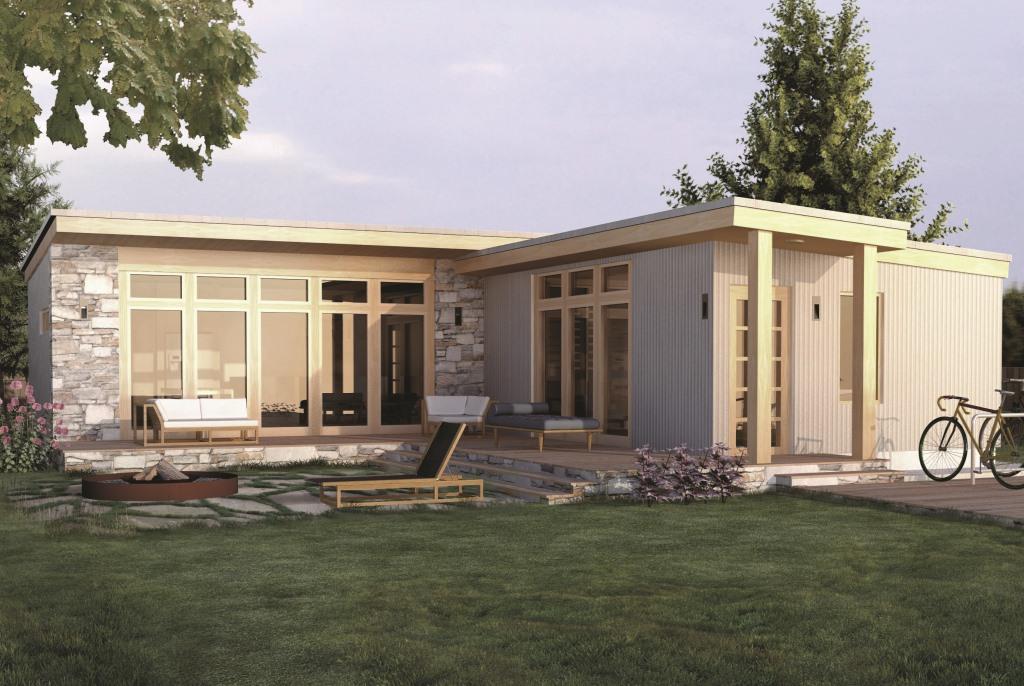
You may have noticed that all the ADU costs listed so far are estimates or ranges. That’s because even when ADUs do have fixed prices as with Progress Builders, construction costs can remain variable. The below 12 factors underlying these variable costs can help you set a realistic budget.
1. Where you live
The cost of building an ADU can greatly depend on the housing market in your location, any green requirements you must adhere to, and availability of labor to build the ADU. As a result, the $150,000 national average can look quite different in areas with lower cost of living or higher cost of living (HCOL), among other challenges.
2. Size of the ADU
Each square foot you add to your ADU increases your costs – perhaps more so than any other factor. On average, new ADUs in California are 615 square feet, with state code mandating a minimum of 150 square feet. This range gives you plenty of flexibility to decide how large or small you want to build your ADU, assuming you have the space for it on your property. The amount you want to spend may prove to be your deciding factor.
3. Type of ADU you’re building
Some types of ADUs are more expensive to build than others. For example, a detached ADU (DADU) – a unit entirely separate from the main house – is typically the most expensive. You’re essentially constructing a brand-new standalone home, albeit a smaller one. Attached ADUs (JADU) are connected to the existing structure, so there’s one fewer wall to build. As a result, your construction costs may be lower.
A garage conversion or basement conversion ADU can be affordable on the construction front, but you’ll need to factor in appliances and utilities. Some garages and basements aren’t fully equipped for either, but both are necessities for ADUs. Adding utilities and appliances to these spaces can increase your ADU project costs. Another factor to consider is the structural stability of the walls and roof, and shape of the concrete slab. If they are in poor shape, or require additional structural bracing, it could be more expensive to upgrade a garage than to build a detached ADU.
4. Prefab vs. built-on-site
ADUs fall into one of two categories: prefabricated (commonly known as “prefab”) units or traditionally framed (or stick-built) units. Prefab units are built either partially or entirely offsite in a factory and shipped to your property for installation. Some prefab ADUs, are volumetric modular units that get installed in one piece directly on your lot. Stick-built units, on the other hand, are built from the ground up on your property.
With Progress Builders a site-built ADU is like a prepackaged structure, you’ll have a better idea of how much your ADU will cost upfront. Construction costs with us are not variables, you can have your ADU at the fixed price.
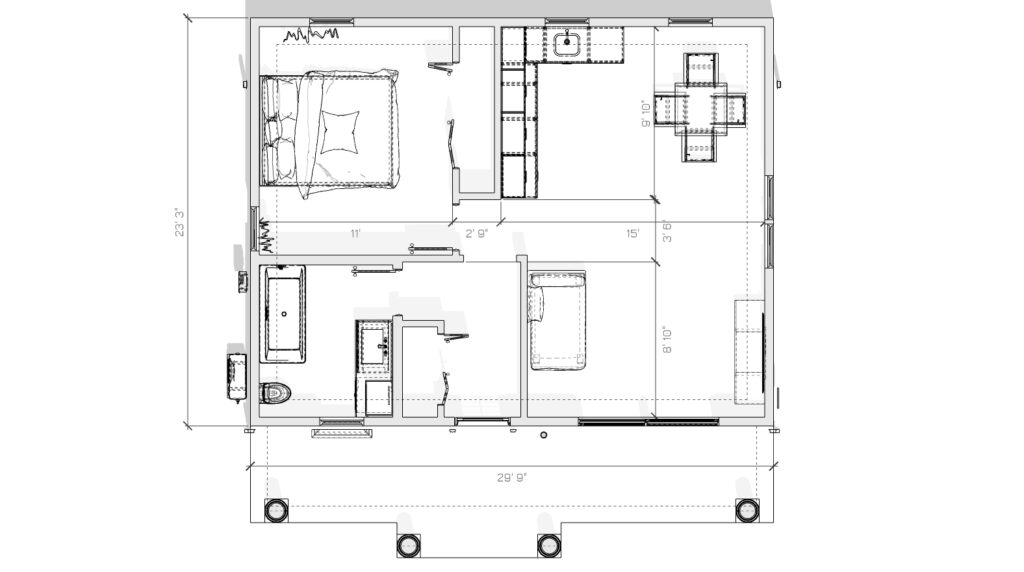
If you prefer customizable designs, a stick-built unit can fit the bill. Instead of working from a fixed plan, along the way, you might decide you want a larger kitchen sink or a sliding glass door. Each choice you make can increase your costs, whereas offsite construction units are consistent in size and inclusions, thus limiting their costs. You can select few predesigned options we have that are ok to go in the floowing cities: Cupertino, Los Altos, Palo Alto, Saratoga, Mt. View, Sunnyvale.
5. Built on site vs. One-piece drop-in
The built on site ADU always cheaper than prefab plus it can have way more options for customization to meet the unique conditions of your lot. We design your ADU to minimize construction cost and optimize the energy performance. And it’s a lot faster, in most cases you get your unit in live-in condition within 6 motnhs, including permitting process.
6. Construction costs
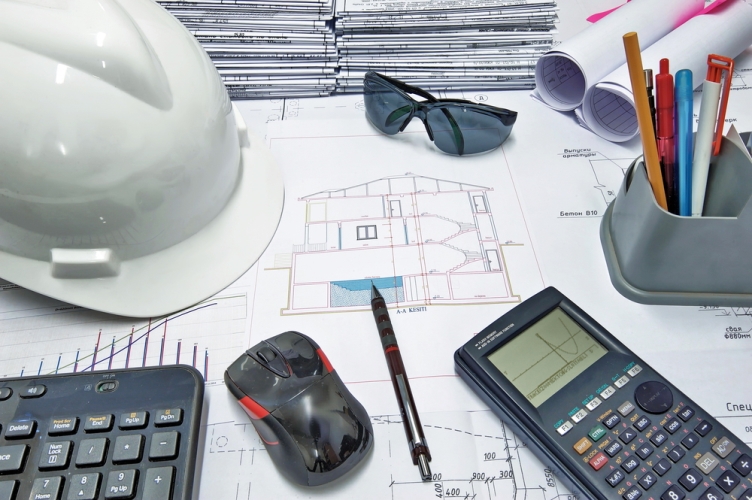
The contractors who oversee your construction will often charge in dollars per square foot. These prices typically vary depending on the company you hire and your location. ADU contractors in the San Francisco Bay Area, for example, typically charge around $329.17 per square foot. If you’re hiring a manager to oversee your project, you should plan to pay an additional fee for their service.
7. Site and foundation preparation
Your ADU must go into place on a part of your lot fully prepared to receive it. Likewise, you must pour a concrete foundation for your ADU to bear your unit’s weight. The costs of clearing space on your property, preparing the concrete, and laying the foundation can range between $10,000 and $15,000. It’s also baked into your costs if you choose a turnkey service provider like Progress Builders.
8. Appliances included
Your ADU should have all the appliances you’d find in a standard house. If you’re building your ADU, you can choose your appliance types and brands. Doing so gives you some control over how much money you’re spending on your unit.
If you choose Progress Builders to build your ADU, the cost of appliances is already included in your unit’s price. Your ADU will be built on your property with all the energy-efficient appliances you need. Your refrigerator, oven, cooktop, washer and dryer, and other appliances and systems come ready to go, lowering your costs.
9. Local permits and approval
Without proper city and county permits, you can’t build your ADU. Government agencies typically charge fees when they issue these permits, and these costs can vary. The complexity of your project may be the biggest influence on how much you’ll pay for your permit.
10. Design elements
Including certain design elements in your unit can maximize your space and make your ADU appear larger and more spacious. Features such as skylights, extra storage spaces, and eye-catching focal points can give your space a cleaner, larger appearance. However, these features can come at additional costs to the standard price of an ADU.
11. Accessibility needs
Whether you’re thinking of using your ADU as a rental unit, or something else, your space should always be accessible. You can add a wheelchair ramp to your unit’s entrance or alter the height at which your appliances sit. You can also widen your hallways and ditch sharp corners for curved pathways. Or you can build an ADU large enough so a wheelchair can easily maneuver around the floor space. These customizations can be as worthwhile as they are expensive, so you should keep them in mind as you craft your budget.
12. Furnishing your ADU
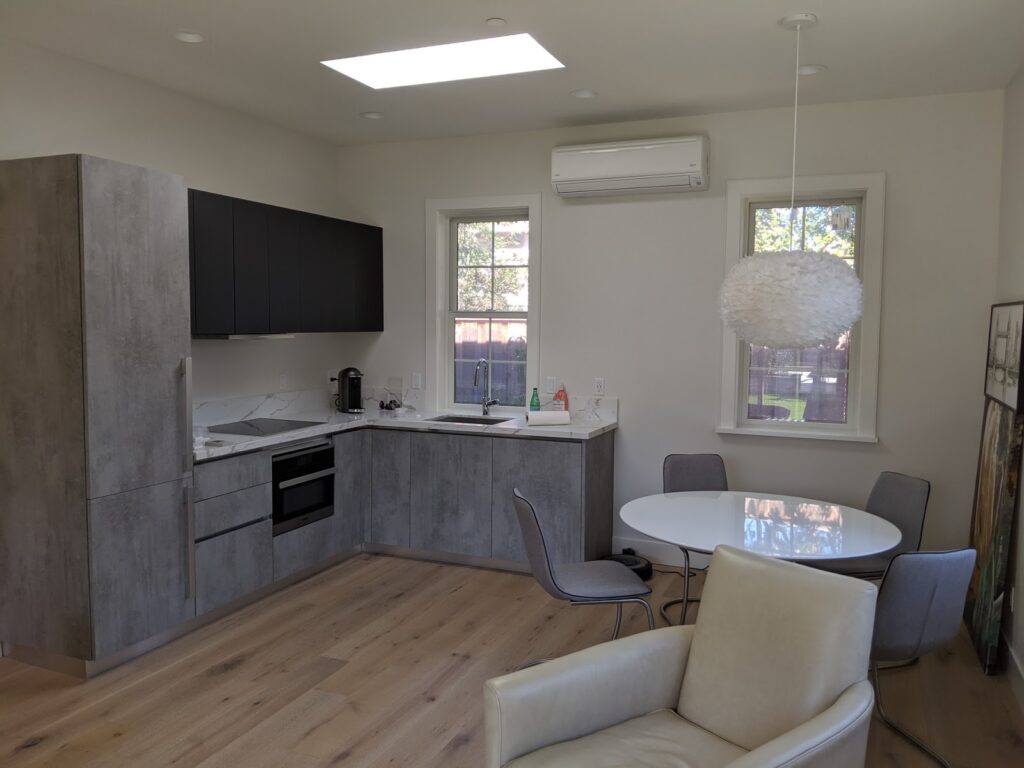
Your unit will need all the essential items you typically find in a standard home. That means furniture for your living area, a bedroom set, and a dining table, for example.
You have primary control over the costs of furnishing your ADU. You might choose to use standard amenities in your unit or go for a more luxury look with higher-priced pieces. Or you can let an ADU design-build firm do all the work – that means ADU building and furnishing.
California taxes and ADU cost
If you plan to rent out an ADU for either short-term or long-term use, some property owners will form an LLC to take advantage of running the ADU as a business. This can help you take advantage of certain tax benefits.
Expenses related to ADU construction, repairs, and maintenance can be a tax write-off that helps lower the financial burden over time. With an LLC, you can also depreciate your ADU – and classify that depreciation as a tax-deductible expense – over the course of 27.5 years.
There’s also the matter of property taxes, which you may think would be sent soaring as a result of adding an ADU. However, California’s Proposition 13 keeps your property taxes from rising dramatically with the value of your property.
Additionally, your home’s value won’t be reassessed when you add an ADU. Instead, your ADU’s value will be assessed separately. The proposition also ensures your tax rate won’t exceed one percent and caps increases at no more than two percent every year.
Keeping ADU cost in mind with Progress Builders
So many factors that can influence your ADU construction costs – it’s a lot to keep track of. With Progress Builders, you can keep your costs low while offloading project management to an expert ADU design-build firm.
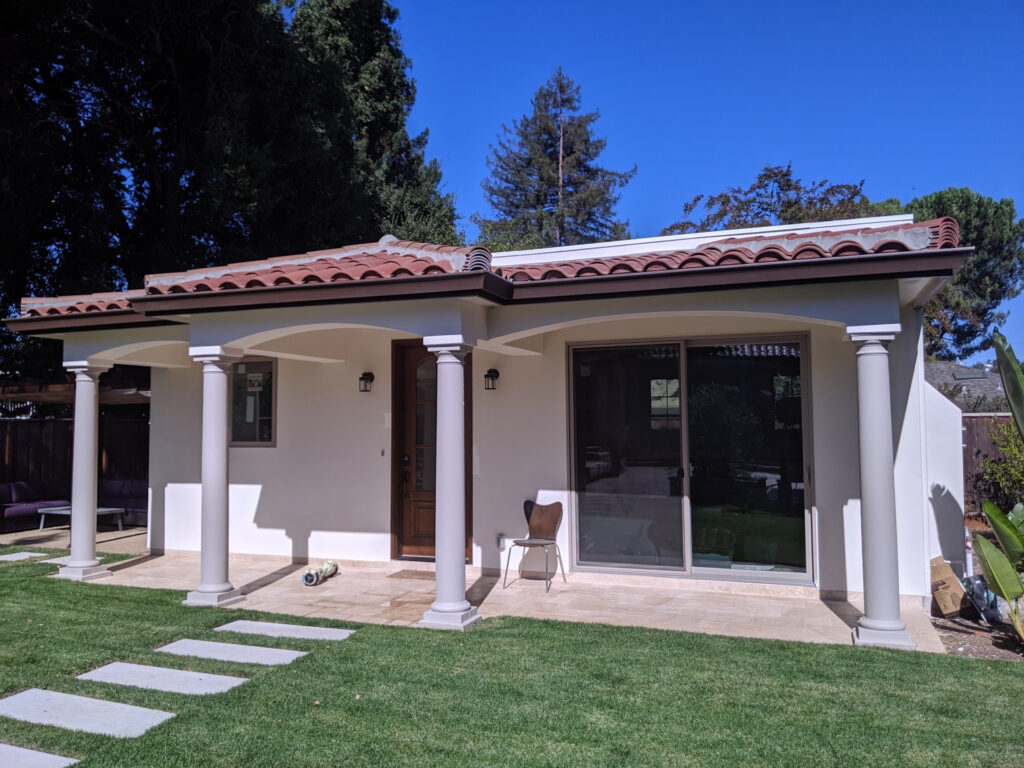
At Progress Builders, we’ll handle all your ADU plans and permits. We’ll also prepare your site and foundation and we construct your unit onsite. We make adding an ADU to your property much more affordable and hassle-free. Contact us now so we can start bringing your ADU vision to life.
Also please check out preapproved plans for ADU’s that with liitle modification will fit your backyard.





Comments 1
Pingback: Enhance Your San Francisco Living with ADU Home Additions